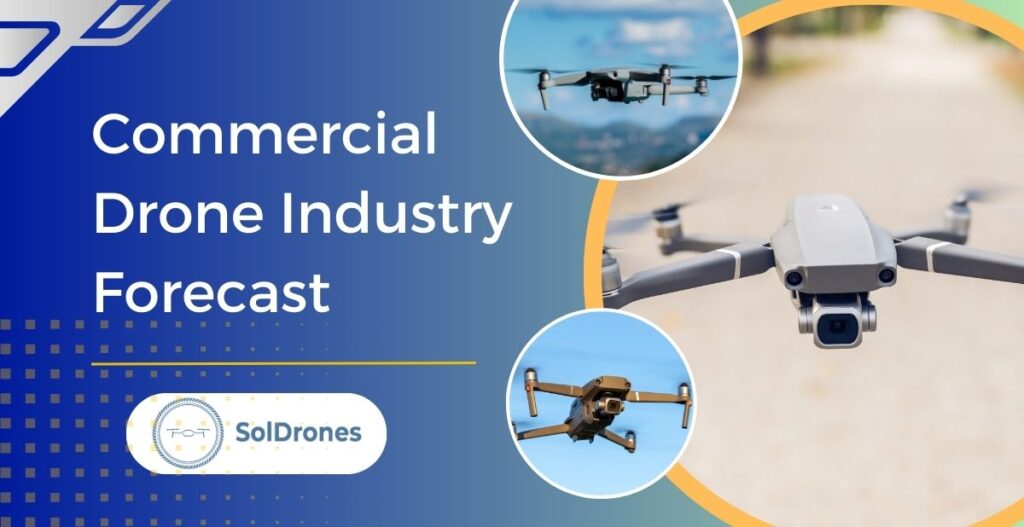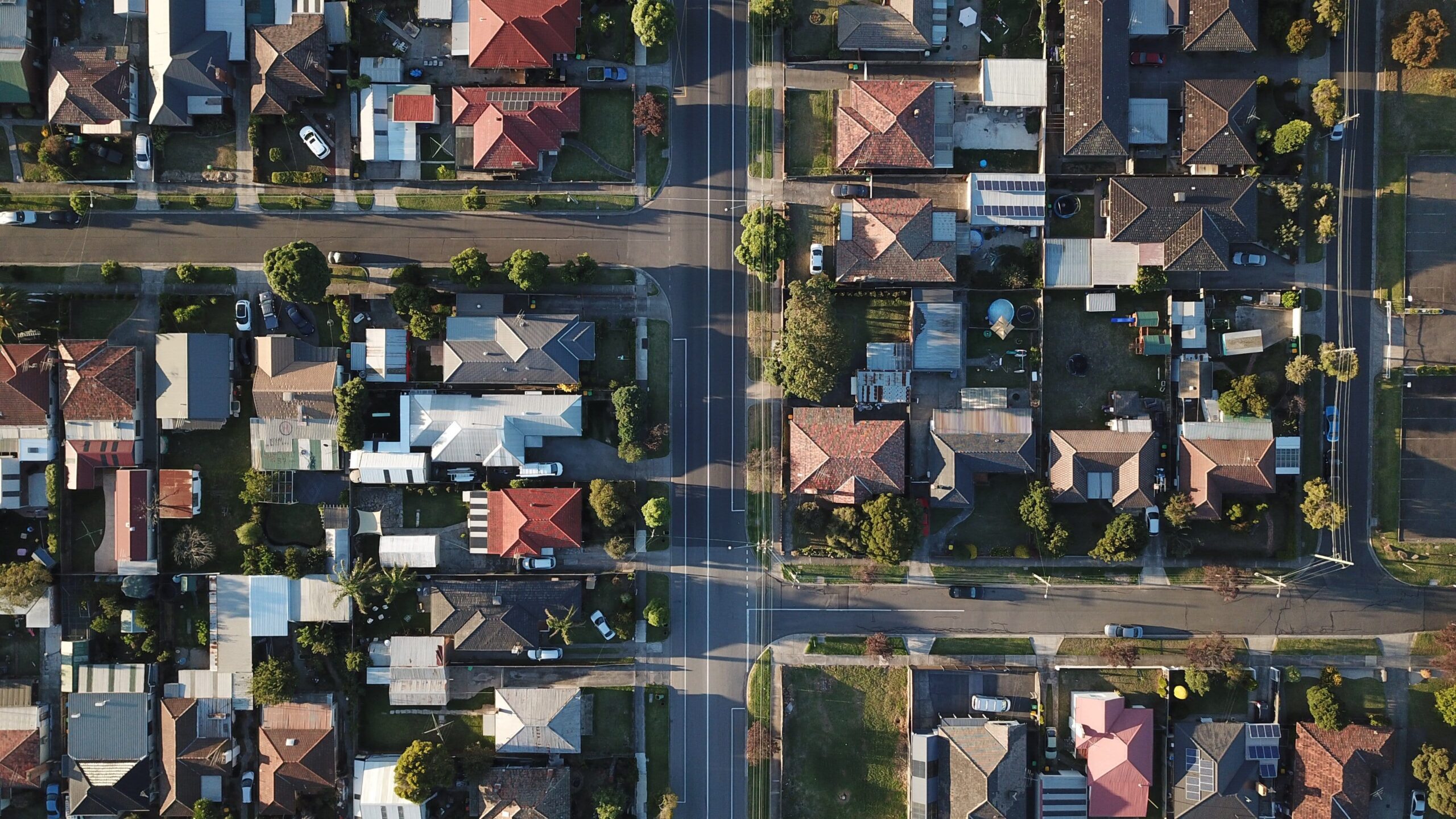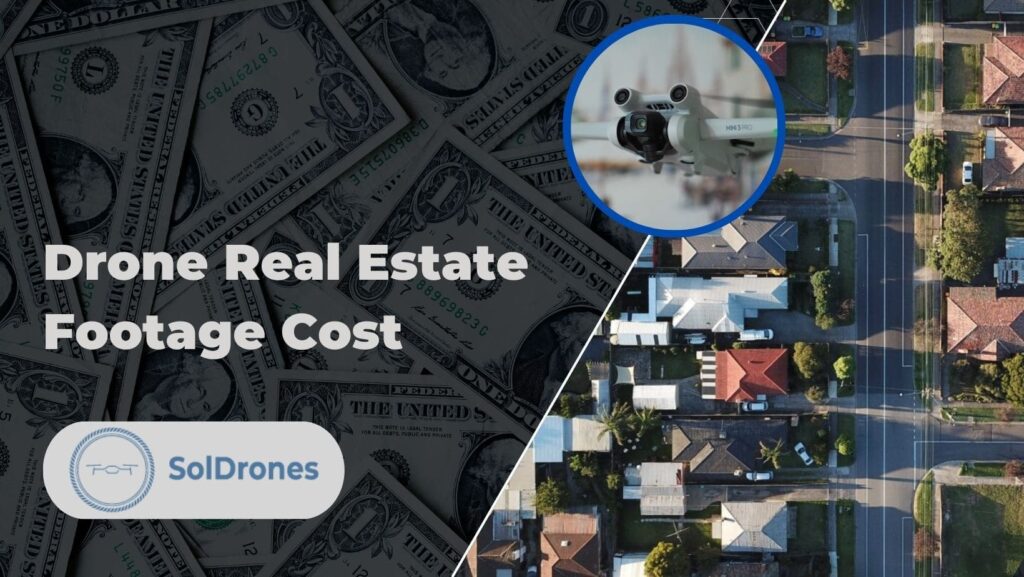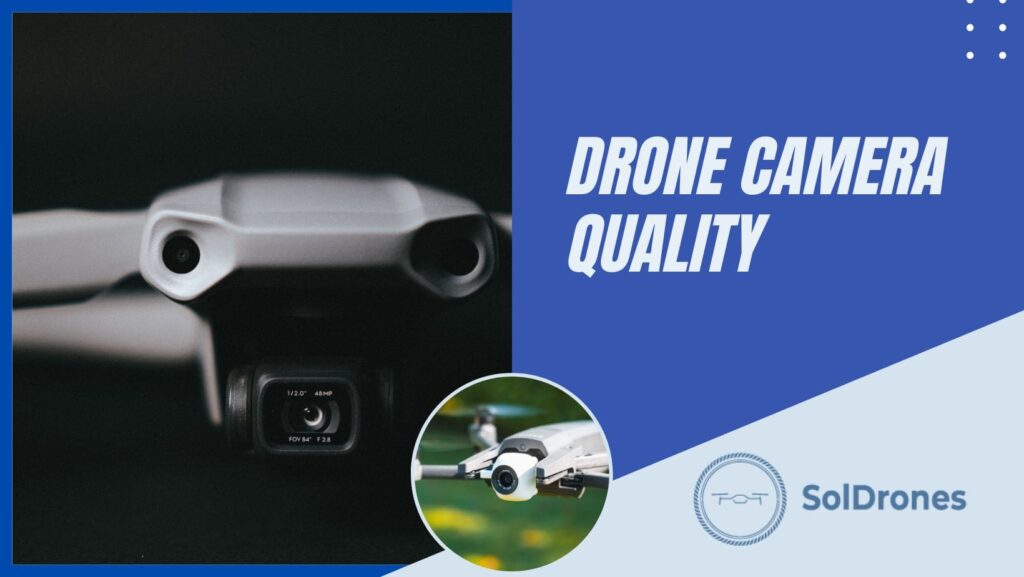A recent study produced by Bloomberg indicated that the global drone industry is expected to surpass $100B by the year 2030. About 35%-40% of the growth will come from the commercial and recreational drone usage.
Since the FAA legalized commercial drone usage in the United States in 2016, drone pilots have been seizing commercial drone business opportunities across a variety of industries such as real estate photography, inspection surveying, agriculture, and more.
In this forecast report, we review how the commercial drone industry has evolved in the past decade and we’ll peer into the future of what’s to come for the UAV industry. For savvy drone pilots and drone entrepreneurs ready to soar to new heights, now is the perfect time to elevate your knowledge with our expert analysis and industry insights.
Industry Evolution
The commercial drone industry has come a long way since its early days when drones were primarily used by the military and for research purposes. It wasn’t until this past decade that they started to become mainstream and widely adopted for commercial use.
In particular, photographers are making the transition to becoming drone pilots. The steps to becoming a commercial drone pilot are relatively simple and involve acquiring a drone, obtaining a Remote Pilot Certification by passing the Part 107 Exam, then setting up and marketing a business to find customers that need drone services.
The simplicity of becoming a commercial drone pilot has vastly influenced the surge in new pilots entering the industry. Additionally, drones give businesses the ability to capture aerial photography or photogrammetry at a significantly lower price than flying a helicopter, and in many cases are much safer to fly.
Drones can significantly accelerate the pace of business projects by providing access to previously inaccessible angles. For instance, construction companies can use drones to instantly inspect buildings under development, reducing the time and resources required for manual inspections.
It’s also worth mentioning that enthusiasts have also been drawn to UAV technology, using drones for recreational purposes such as racing and aerial photography.
Overall, The drone industry is on an upward trend with increasing demand for drone-based services leading to advancements in technology, making it a promising field for investment and innovation.
Driving Factors
The growth of the commercial drone industry is driven by many factors that are making it an increasingly promising field. From advancements in technology to an increase in demand for drone-based services and changes in regulations, the drone industry is expanding rapidly and providing new opportunities. Here are some of the main drivers of the commercial drone industry’s growth.
Several of the most common reasons why the commercial drone industry has been growing include:
- Industry demand across real estate, agriculture, construction, and logistics
- Technology factors like improved cameras, sensors, and battery life
- Regulatory changes and the accessibility of drones for businesses
To expand these examples further, we’ll examine a few of the key driving factors more in-depth.
Photography and Videography Services
Drones revolutionize photography and videography by providing unique angles and perspectives that would be impossible for humans to capture, thus making them a game-changer in capturing special moments.
In addition, drones have revolutionized the film and movie industry. Using drones in filmmaking offers more flexibility to cinematographers and provides a variety of perspectives for the audience. Drones also operate at a significantly lower cost allowing filmmakers to allocate budgets more effectively.
Drones provide efficiency and productivity for content creators and social media influencers as well. With more illustrative and attractive outputs, creators can achieve higher views and increase their earning potential.
Delivery services
The COVID-19 pandemic presented a significant challenge for delivery services, as social distancing measures and concerns about the spread of the virus led to disruptions in logistics. However, drones emerged as an effective means of transferring goods more efficiently and in an eco-friendly manner. This particularly helped healthcare professionals and businesses adapt to the challenging circumstances of the pandemic.
For example, during the pandemic-induced lockdown in 2020, CVS Pharmacy and UPS Flight Forwards used Matternet’s M2 drones to deliver prescription medication to 135,000 individuals in a retirement community.
Apart from healthcare-related deliveries, drones are also being used in e-commerce. In 2022, Amazon introduced its drone delivery service and was said to be ready to start air-dropping packages from 12 feet in the air.
The use of drones in food deliveries is also expected to grow. A 2022 report suggests that food delivery sales are expected to reach $365 billion worldwide by 2030. This is made possible by technological advancements like drone technology, and it’s become more and more clear that drones in delivery services are here to stay.
Infrastructure Development
Drones are revolutionizing the way building sites are monitored by providing fast, affordable, and accurate surveillance. They allow engineers, architects, and construction companies to access remote areas and conduct more thorough inspections and surveying. This technology is also safer to use, particularly in situations where accessing the site poses a risk to human life. The use of drones in construction has been demonstrated in various projects, for example, the use of drones to inspect the Burj Khalifa, the tallest building in the world, or the use of drones to inspect the progress of construction of the Hong Kong-Zhuhai-Macau Bridge.
Public Safety and Emergency Services
Natural disasters are expected to affect 218 million people per year. Drones provide a safer way to search for injured individuals and deliver their immediate needs like food and water. Additionally, drones can also assess the location’s damages and help responders create a safer and more effective rescue plan.
Modern Technological Breakthroughs in Electronics and Technology
Like other technological devices, drones’ electronics such as their cameras, hardware, processors, and microcontrollers are now made faster and more powerful producing higher quality images and more powerful performance. Their modern computing capabilities are also enhanced allowing them to have more effective autonomous flights or pre-programmed flight plans.
In addition, many recent drone models have a highly developed remote sensing capability for more flexible usage. The sensors help users to control the drones more effectively and conveniently.
Furthermore, recently developed drones have more reliable Automatic Dependent Surveillance (ADS-B) technology that broadcasts information about an aircraft’s GPS locations, altitude, ground speed, and other vital data to ground stations and other aircraft.
Segments of Growth
Current sales, growth rates, and expected profitability are all taken into consideration when deciding the segments of growth. Below we discuss the segments of growth of the drone industry by Regions and Industries.
Regions
According to data from Fact.MR Global Commercial Drone Services Market Forecast, 2023 to 2033, North America holds the largest share in the drone market with 29%. Followed by East Asia, Europe, South Asia and Oceania, and Latin America.
At the time of this writing, the United States holds the most share of the drone market. Until 2022, about 870,389 drones were registered in the US which takes about 38% of the global drone market. A significant rise in the number of registered commercial drones is also expected in the US in the coming years.
Despite the U.S. having the leading share, China is expected to grow with the fastest CAGR from 2023 to 2033. China’s commercial drone services market is projected to rise with a CAGR of 16.3%.
China’s E-commerce giants like JD.com and Alibaba are currently using drone technology in delivering parcels and food. Drone deliveries are perceived to be more cost and time efficient. In addition, they can help access hard-to-reach places, particularly in rural areas.
Industries
Drones continue to be used across a wide variety of industries, with some of the most common being Energy, Construction, and Agriculture, according to a report by Drone Industry Insights.
- Energy: inspecting power lines, oil and gas pipelines, wind turbines, and solar panels can be done via drones safely and efficiently.
- Construction: surveying, mapping, and inspecting buildings can be done via drones, reducing costs while improving safety and efficiency
- Agriculture: crop monitoring, crop spraying, and precision agriculture have been greatly enabled through drones
More and more industries will continue to grow due to the advantages presented by drones. Overall, drones can allow operators to be much more cost-effective, efficient, and safe as compared to other techniques.
Key Industry Players & Products
The drone industry has seen significant growth in recent years, with numerous companies competing to establish themselves as major players in the market. These companies specialize in designing and manufacturing drones, as well as providing drone-based services. They are known for producing advanced drones and equipment that have become increasingly popular in various industries. As the industry continues to evolve, it is important to keep an eye on these key players and the products they are introducing to the market. The use of drones is becoming increasingly prevalent in various sectors such as inspection, delivery, surveying, and many others, making it a field with a lot of potential for innovation and growth.
Top Growth Companies
In November 2022, Yahoo! Finance examined the top 15 biggest drone companies in the world, as follows:
- NVIDIA Corporation ($344.33 billion)
- Lockheed Martin Corporation ($127.07 billion)
- The Boeing Company ($85.73 billion)
- Northrop Grumman Corporation ($84.36 billion)
- Elbit Systems Ltd. ($8.93 billion)
- Joby Aviation, Inc. ($2.87billion)
- Eve Holding, Inc. ($2.81 billion)
- AeroVironment, Inc. ($2.24 billion)
- Ambarella, Inc. ($2.19 billion)
- Kratos Defense & Security Solutions, Inc. ($1.40 billion)
- AgEagle Aeiral Systems, Inc. ($0.468 billion)
- Draganfly Inc. ($0.243 billion)
- EHang Holdings Limited ($0.228 billion)
- Ondas Holdings Inc. ($0.167 billion)
- Parrots S.A. ($0.124 billion)
It’s important to note that this list of top drone companies generated by Yahoo! Finance is in particular examining companies that either make or sell drones or make technology parts used in drones. Additionally, many of these companies are highly focused on the military usage of drones.
Leading Drones
Some of the leading drones to date commonly found on drone review websites are the DJI Mini and DJI Mavic series. In PC mag’s best drones of 2023, these DJI drones dominated the list of their top tested products. Out of nine drone products, six DJI drones made it to the list. These DJI drones are DJI Mini 2 ($449), DJI Mini 3 Pro ($759), DJI Air 26 ($974), DJI Mavic 3 ($2,049), DJI Mini 3 ($559), and DJI Avata ($1,168).
Apart from DJI drones, Autel Robotics Evo Lite+ ($1,049), Autel Robotics Evo Nano+ ($1,229), and Ryze Tello ($99) were also some of their top drone products purchased by consumers.
Conclusion
As you can see, the commercial drone industry is changing rapidly. For pilots, entrepreneurs, investors, and businesses that could benefit from drone services, there are numerous opportunities to learn more about drone technology and solutions. The overall forecast for the commercial drone industry is looking promising and we expect drones to continue to evolve and change how businesses and people operate for the better.







